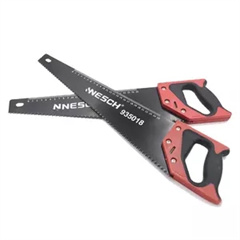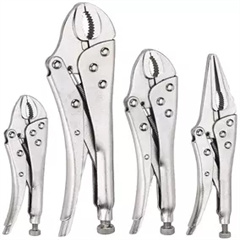A hammer is a basic hand tool that consists of a handle and a head. It’s primarily used for driving nails, breaking objects, or forging metal. Hammers come in various shapes, sizes, and designs, each tailored for specific tasks. Here are the key components and some common types of hammers:
1. Handle: The handle, also known as the shaft, is the long part of the hammer that you hold onto. It provides the grip and leverage necessary to use the hammer effectively. Handles are usually made from materials like wood, fiberglass, or steel, and their length can vary based on the type of hammer.
2. Head: The head is the part of the hammer that makes contact with the object you’re working on. It’s typically made from metal and can have different shapes and sizes depending on the intended use.
3. Face: The face of the hammer’s head is the striking surface. It’s the part that comes into direct contact with the nail or other object. The face can be flat, slightly curved, or have a special texture to prevent slipping while striking.
4. Claw or Peen: Some hammers have a claw on the opposite side of the striking face. The claw is used for pulling out nails, prying objects apart, or as a leverage point. On the other hand, the peen is a rounded end opposite the striking face, often used for shaping or bending metal.
Common Types of Hammers:
- Claw Hammer: This is one of the most common types of hammers. It has a flat face for driving nails and a curved claw for removing nails or prying materials apart.
- Ball Peen Hammer: The ball peen hammer has a rounded peen on one side and a flat face on the other. It’s commonly used in metalworking for shaping and bending metal.
- Sledgehammer: A sledgehammer has a large, heavy head and a long handle. It’s used for heavy-duty tasks like breaking concrete, driving stakes, or demolishing structures.
- Cross Peen Hammer: Similar to the ball peen hammer, the cross peen hammer has a peen that’s angled horizontally. It’s often used in blacksmithing and metalwork for shaping and bending.
- Mallet: A mallet typically has a rubber, plastic, or wooden head and is used when a softer blow is needed, such as when working with delicate materials or assembling furniture.
- Club Hammer: This hammer has a shorter handle and a double-faced head. It’s used for heavier striking and is common in construction and demolition work.
Remember, using a hammer safely is important to prevent accidents or injuries. Always wear appropriate protective gear and ensure you’re using the right type of hammer for the task at hand.























